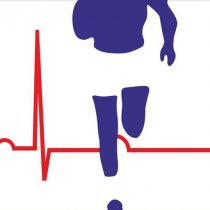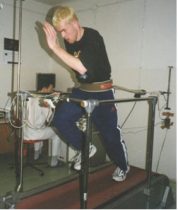A computer based diagnostic system for the assessment of strength capabilities consisting of strain gauge force plate (one-, or two-dimensional), electronics, 12-bit AD convertor, interface and software.
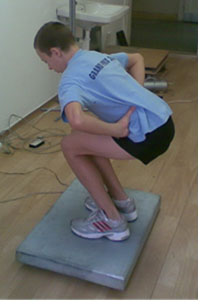
Software consists of data aquisition and storage, calibration, and extensive analytic reporting (time zooming with integral a mean calculation from defined time segments for parameter assigned to Y1 and Y2 axes).
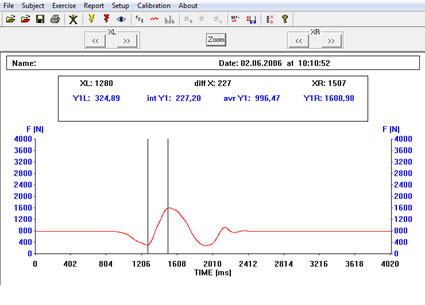
Software also includes a special analytical module for calculation of acceleration, velocity, displacement and power from force-time curve (see below) during single squat or jump.
Calculation of additional biomechanical parameters from force-time curve: basic principle.
Verical force (F) applied to the plate consists of weight (product of body mass m and gravitational constant g) and inertia component (product of body mass m and vertical acceleration a)
F = (m x g) + (m x a)
F = m x (g + a)
F
a = ––– – g
m
v = integral of a (a . t)
h = integral of v (v . t)
P = F x v
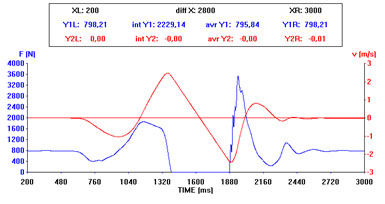
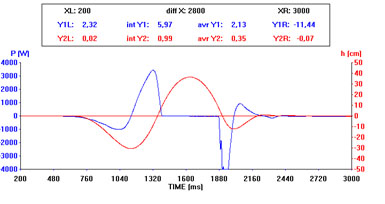
Maximal power: 3455 W and 43,2 W/kg, resp.
Height of the jump: 36.7 cm
Testing Protocol
– Squat jump
– Counter movement jump
– Drop jump
– Jumps (squat, counter mobement and drop) with additional weight
Parameters
– Mean and maximal power during take off (W)
– Height of the jump (m/s)
Applications
– assessment of strength capabilities of lower extremities
– evaluation the effect of training

